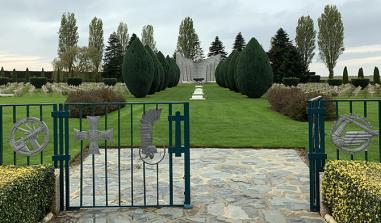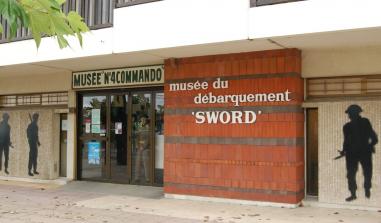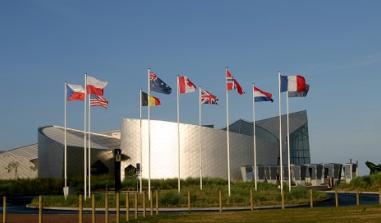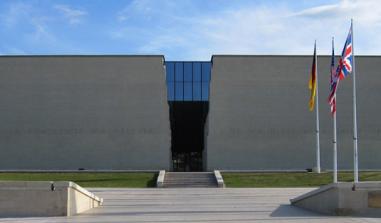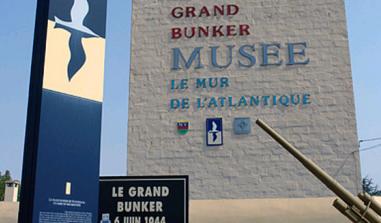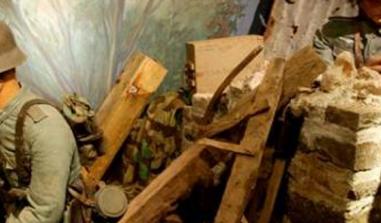Radar museum - Douvres-la-Délivrande
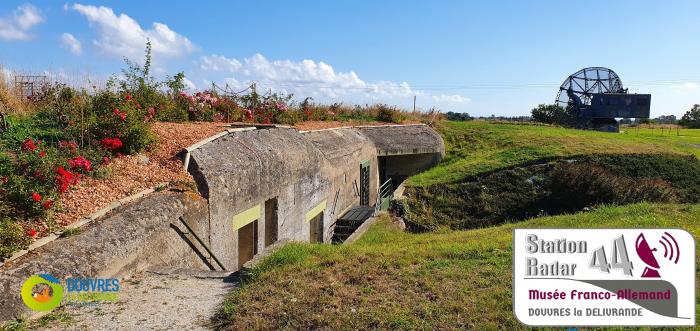
Douvres-la-Délivrande is the site of a British cemetery with over 2,000 graves and a museum on the history of the radar.
At the end of the Second World War, the radar was in its infancy; however, some models were capable of detecting movements at sea, day and night, at a distance beyond the reach of the human eye.
The occupying forces and the allies stepped up their research into and installation of these “wizard’s ears”.
In Douvres, due to its altitude, a long-range radar was installed in late 1942 as a means to notify the military staff of any attempt to land in the region.
However, as happens each time a weapon of war is invented… a means to neutralise it quickly follows suit. The countermeasure of fog and false echoes were extremely popular during the night of the 5th of June 1944!
The Radar Museum
The radar station remained an entrenched camp until 17 June (10 days after the liberation of Douvres itself).
Today attached to the Memorial of Caen, the radar station is the only one of its kind on the coast.
Two remarkably preserved bunkers and original displays help visitors to understand the role of radars and their technical development.
A couple of miles from the Juno landing beaches, the German radar station in Douvres, along the Route de Basly, served as an entrenched camp for several days. An advanced surgical unit was set up near a convent in La Délivrande.
The first bodies buried here were soldiers killed on 6 June 1944.
Later, the bodies of soldiers killed between the coast and Caen were buried here.
The British cemetery
At the entrance to the town, on the road from Caen, the entrance to the cemetery is immediately identifiable.
A square pavilion with a peaked roof covered in stone is surrounded by pergolas. In line with the porch, the Cross of Sacrifice stands at the far end of the central walkway. It is erected on a small grassy mound and surrounded by low walls.
The steles are symmetrically placed either side of the central walkway bordered by trimmed yew trees. The German plot with the various stone stele and two-sloped roof stands in the right section of the site. Curiously, the grave of the only Polish soldier is set apart.
Big lime trees and magnolias mainly planted around the edges of the site separate the cemetery from neighbouring houses. The cemetery is enclosed by trimmed hedges of hornbeams or beeches.
Musée Franco-Allemand « Station Radar 44 » Route de Bény – CD83 – 14440 Douvres-la-Délivrande
Tél. : 07.57.48.77.32
Site internet : www.musee-radar.fr - Courriel : contact@musee-radar.fr
Choisissez votre mode de visite :
en autonomie : en suivant les panneaux
Avec Audiospot : en téléchargeant une application gratuite qui transforme son propre smartphone en Audioguide
Visites Commentées (par un guide bénévole) réservation sur le site internet obligatoire
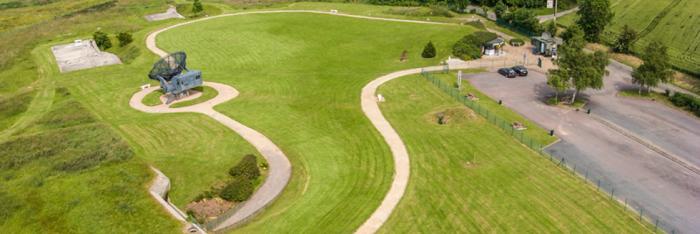
Musée du Radar - Douvres-la-Délivrande. Michel.dehaye@avuedoiseau.com
Practical information
« Station Radar 44 » Route de Bény – CD83 14440
Douvres-la-Délivrande
07.57.48.77.32
Indiv. : 6.50€ ; réduit : 5.00€ ; Gratuit - 10 ans Groupes à partir de 9 pers : 4.50€
https://www.musee-radar.fr/web/infos-pratiques.php
Fermé sauf pour les groupes sur RDV (à partir de 9 personnes) 10h à 18h Fermé le lundi / Closed on Monday du 4 Avril au 30 juin et du 1er Sept. au 15 Nov. 10h à 19h Ouvert tous les jours / daily open du 1er Juillet au 31 Août


